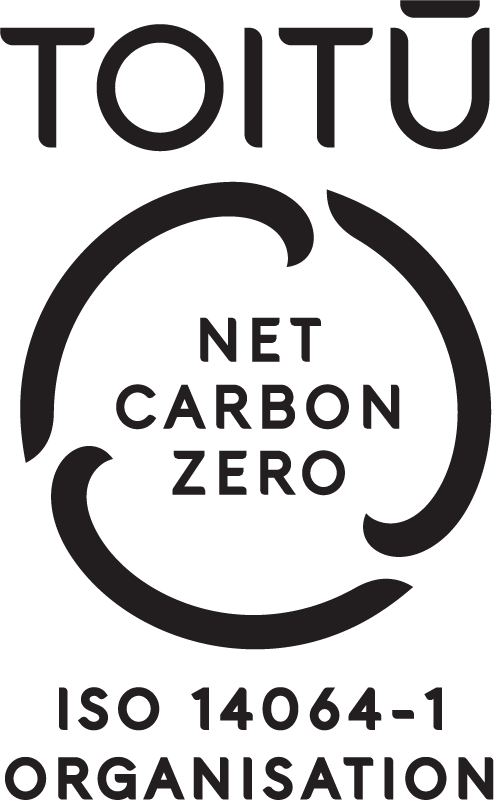
Are Kiwis recession-ready?
9 June 2023The last material recession in New Zealand was in 2008. Interestingly, going by the Reserve Bank of NZ, the average floating mortgage rate back in January 2008 was 10.57% and you could get 8.27%, on average, for a six-month term deposit. We were right in the middle of the global financial crisis (GFC) and the selfie stick was invented.
Fast forward to the middle of 2023, we have floating mortgage rates offered by the major banks between 8.14% and 8.64%, with six-month deposit rates sitting around 5.6%. We are, quite possibly, on the doorstep of a so-called ‘mild’ recession, and it’s the year that ChatGPT has been on everyone’s lips and some people’s homework!
Since 2020, the Financial Service Council has released the Financial Resilience Index, which measures the financial confidence and wellbeing of New Zealanders. Although it just covers a snapshot in time (March 2023 this time), it is useful to compare, year-on-year, how resilient Kiwis are feeling about their financial wellbeing. With around 2,030 completed responses it’s a worthy sample and a good barometer to test the feelings of New Zealanders and their money.
Some key stats from the report:
- 48% of Kiwis worry about money daily or weekly, that’s 300,000 more than last year
- Negative effects of financial issues on our wellbeing have increased across the board, with mental health disproportionately affecting our younger generations
- 39% of respondents (equivalent to 1.5 million Kiwis) couldn’t access $5,000 within a week in an emergency without going into debt, up 5% since 2022
- 62% of respondents are not prepared for retirement, compared to 57.4% last year
- Number of people reporting household investments has dropped by 3% to 83%
I am a strong advocate for research. On the topic of money, we have enough research to re-sink the Titanic. The key is taking the insights gained and practically applying them to improve the problems identified.
If I was to grab my crystal ball and see what some of those statistics and insights may look like in 2024, I suspect the numbers will be generally worse. The impact of rising interest rates on debt for property and businesses owners would have really kicked in; chip in higher rents and general cost of living, and the likelihood of those rates staying higher, for longer, I suspect many households will be pretty much at capacity. This means there will be less discretionary spending, which in turn could lead to further job losses or reduced household incomes for many.
This is just a guess and, sadly, a half glass empty one at the moment, which is not my normal view of the world. What we do know is many Kiwi households are doing it a lot tougher than they have been over the past few years.
The reason I’m feeling this way is the stat on the ability to access $5,000 for something unexpected, within a week, without going into debt. Don’t get me wrong 5k is a lot of money for many to attain, let alone retain, but not having the ability to access funds when an emergency or life event comes down your road can take you down a slippery slope that is hard to come back from. Especially if you have to use credit cards, third tier financiers or payday lenders, and don’t get me started on the ‘buy now pay later’ schemes for your groceries.
Having that savings buffer/sidecar/emergency savings in place is the second pillar to tick off on your financial wellbeing list, once you get rid of any high interest debt. We know it is incredibly hard for many people to build up and it’s not until you need it that you fully appreciate its value, not only for your financial health but also your overall wellbeing.
The trick is making it simple and easy enough that we don’t know we are doing it.
Te Ara Ahunga Ora (The Retirement Commission) last year, as part of its work relating to the 2022 Review of Retirement Income Policies, set up an expert savings working group. Its aim was to dig deeper into the savings problem, look at savings opportunities the private sector could consider, and suggest recommendations to improving savings behaviour for those who aren’t currently saving but have the means to do so.
It came up with the following:
- Prioritise open banking to unlock tech-based savings solutions, enabling better customer outcomes
- Apply behavioural insights for better customer outcomes through CoFI and knowledge sharing
- Show customers, visually, what spending decisions cost over the life of the debt
- Steer customers with regular debt to more suitable products
- Consider emergency savings opportunities through a KiwiSaver ‘sidecar’ product
- More culturally responsive products and partnerships to better meet the needs of Māori and Pacific people
All exceptional ideas to implement, of which many have been identified already but have not been started for a whole host of reasons.
There is light at the end of the tunnel: open banking is going to finally start in May next year. This is exciting because it means Kiwis can control who receives their financial information, which will hopefully lead to massive improvements, including providing a visual view of your personalised financial wellbeing dashboard. Think of it as a portal that, hopefully, will give you a complete snapshot of your financial position daily, and the impact of spending or saving decisions on your retirement goals.
One of the other key recommendations the group identified, and it’s been one many of us have been suggesting for some time now, is using the KiwiSaver contribution system (via your employer and Inland Revenue) to save into an emergency savings account to start building up that buffer.
Another great example of automating savings (with little amounts over time) is the ASB “Save the Change” initiative, which has helped Kiwis save 425 million dollar since 2010. This is a great example of using technology and rounding up your payments to the nearest dollar or two, which then gets siphoned off to a savings account, which is hopefully out of sight and out of mind and there when you hit that speed bump on the highway.
Whatever the future has in store for us financially over the coming 12 months and beyond, the value of a savings buffer can’t be underestimated and should be seen as a key industry initiative that you don’t need to ask ChatGPT to tell you what the answer is.
Disclaimer: David Boyle is Head of Sales and Marketing at Mint Asset Management Limited. The above article is intended to provide information and does not purport to give investment advice.
Mint Asset Management is the issuer of the Mint Asset Management Funds. Download a copy of the product disclosure statement here.


